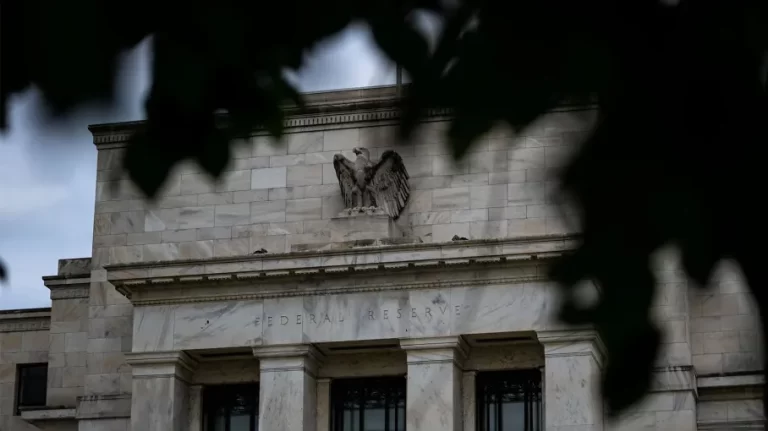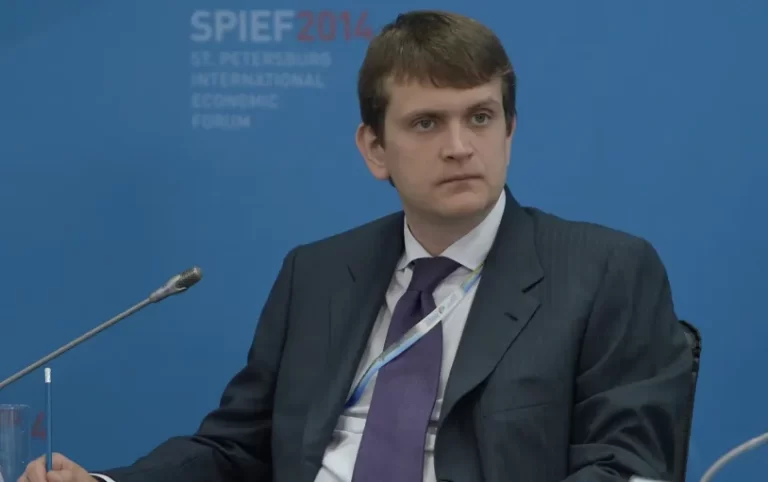Great expectations: which companies will be able to share profits with shareholders in 2023
This year the Russian private investor remembered very unpredictable and often disappointing dividend decisions made by companies. Shareholders received only 1 trillion rubles out of the expected 4 trillion rubles in the summer season. From whom can shareholders expect generous payments next year – tells BCS Investment World expert Dmitry Puchkarev
In 2022 many Russian companies refused to pay dividends for the previous year. In the first half of February, the dividend mass of the Russian market was estimated at about 5.8 trillion rubles, versus 3.6 trillion rubles in 2021. Of this amount, about $4 trillion rubles was expected to be paid during the summer dividend season – from April to July. As a result, payments for the summer season of 2022 amounted to about Br1 trillion and another Br1.2 trillion – from Gazprom in October. The main reason why companies refused to pay their shareholders was the desire to strengthen the liquidity position in a difficult economic period, as well as the inability for non-residents to receive dividends due to restrictions on capital flows.
Dividends of companies in the mining sector and metallurgy, which were among the leaders in terms of yield on the Russian market, declined sharply. Among the biggest metallurgists, only Nornickel paid dividends last year. The fact is that the industry faced sanctions pressure, logistical problems, and an increase in the tax burden. In the second half of the year, the strong ruble was added to the negative factors for metal exporters. In addition, representatives of the banking sector massively refused to pay, amid macroeconomic turbulence and pressure on capital.
Most retailers also refused to pay dividends. The sector is considered protective and is little affected by instability in the economy, but it was affected by technical difficulties – some shareholders would not have been able to receive payments.
The situation with Gazprom’s dividends is illustrative. The shareholders unpredictably refused to pay dividends for 2021, and then unexpectedly recommended to pay the first interim dividends in the history of the company. Such “turbulence” testifies to a high degree of uncertainty in the economy, when the situation can change drastically in just one month – that much time has passed between the recommendation on dividends for 2021 by Gazprom’s board of directors and the decision of the shareholders’ meeting.
The prospects of the Russian market are still very unclear, but we can already guess which companies might pay final dividends by the end of 2022.
Oil sector
Stable and large payments are expected in the oil sector from Rosneft, Gazprom Neft and Tatneft. The sector showed good results in the first half of 2022, by the end of the year the results should be worse against the background of a stronger ruble, but this will be partially compensated by the narrowing of the spread between Urals and Brent against the levels of the second quarter.
The high level of confidence in Rosneft and Gazpromneft payments is explained by the fact that the largest shareholders of the companies are interested in these payments. For Rosneft, this is the state, which needs to replenish the budget. For Gazprom Neft, this is Gazprom, which needs its cache amid growing tax burden and a possible increase in its investment program. The dividend yield on Rosneft shares in 2023 could be about 8-15%, and on Gazprom Neft shares about 10-15%.
Tatneft’s strong point is its stable financial situation. At the end of the first half of 2022 net debt/EBITDA was negative, which increases the probability of repayment. The dividend yield in 2023 is expected to be around 11-17%.
Lukoil is worth mentioning separately. In May the company’s board of directors decided to postpone payment of final dividends for 2021. The issue is to be considered before the end of the year. Since then there has been no new information on dividends. Given the good conjuncture and good results of the industry in the first half of the year, the likelihood of Lukoil paying dividends in 2022 is high, but no decisions have been made yet. If dividends were distributed for 2021, the dividend yield could be around 15-20%. The decision would signal the return of the company to the practice of dividend payments, which means that one could count on payments for 2022.
Energy
It is highly likely that large dividends will be paid by generating companies, the structures of Gazprom Energoholding – OGK-2 and Mosenergo. The results of these companies, which operate in the protective sector of the economy, may deteriorate compared to 2021, but there should not be a large decline. Both companies followed a dividend policy in 2022, and in 2023 the basic yield on their shares could reach 12-18% for OGK-2 and 8-12% for Mosenergo.
Another subsidiary of Gazprom Energoholding, TGC-1, could also pay a large dividend in 2023, but here there is an important nuance. The company’s board of directors did not approve the dividend recommendation for 2021. The refusal to pay dividends was most likely due to the position of the Finnish Fortum, which controls 30% of the generation company’s capital and would not have been able to receive payments.
In 2023, there is a possibility that the situation will change. Fortum had previously announced its intention to withdraw from the Russian assets, but in August the process was frozen after a presidential decree. At the end of September Lukoil and the Gazprombank-Fresia Foundation received permission to buy Enel Russia – the case is largely similar to that of TGK-1, as Enel Russia also had a foreign shareholder locked up. This allows us to assume that the deal on Fortum’s withdrawal from Russian assets will also be allowed. If that happens, nothing would prevent TGC-1 from resuming dividend payments. If that happens, the dividend yield could reach 9-13%. Moreover, dividends not paid for 2021 could be distributed to shareholders.
In the energy sector, Inter RAO shares are also worth paying attention to. The company is weakly exposed to the negative effect of sanctions and instability in the economy. The company’s financial condition is very stable due to accumulated cache stocks.
Historically, the dividend yield of the securities was lower than the market average due to the payout ratio (dividend payout ratio) at the level of 25% of IFRS net income against the market average of 50% in recent years. Nevertheless, the share price slump in 2022 caused a noticeable increase in the dividend yield. As part of the 2023 payout, the dividend yield on Inter RAO shares may amount to about 7-9%.
Telecom
MTS and Rostelecom may pay large dividends in 2023. The telecom business is focused on the domestic market and the demand for communication services remains stable even in turbulent times. Both companies can be classified as conservative dividend chips – both MTS and Rostelecom paid dividends for 2021.
As for the dividends of MTS, there is some uncertainty due to the absence of an actual dividend policy. The company intends to submit it by the end of this year or at the beginning of the next year. We cannot rule out a slight decrease in the size of payments relative to the level of 2022 due to the growth of the debt burden, but the dividend yield should remain above the average market level – about 10-14%.
“In 2022 Rostelecom paid out dividends amounting to 50% of IFRS net profit, which in absolute terms was lower than the minimum level stipulated by the dividend policy. Nevertheless, in 2023 the company may increase dividends against the background of stabilization of the macroeconomic situation. The dividend yield is expected to be about 8-9%.
Retail
The financial situation allows Magnit to pay large dividends in 2023, but there is no certainty about them. The company performed well in the first half of the year. Earnings may sag in the second half of the year amid cost inflation, but the company still feels comfortable. In terms of strong financial metrics, Magnit has opportunities to pay large dividends, but so far the retailer has not announced its intention to return to dividend practice. Probably the main reason for this approach is the restrictions on dividend payments to non-residents. If the company does decide to pay dividends, the dividend yield in 2023 could be about 12-17%.
The listed companies are more likely to pay dividends in 2023. However, it should be understood that the situation in the economy right now is extraordinary. In recent months we have seen how the largest companies refused to pay dividends, the taxation of industries and the investment climate in general has changed before our eyes. Therefore, dividend expectations should be approached with a healthy amount of skepticism.







